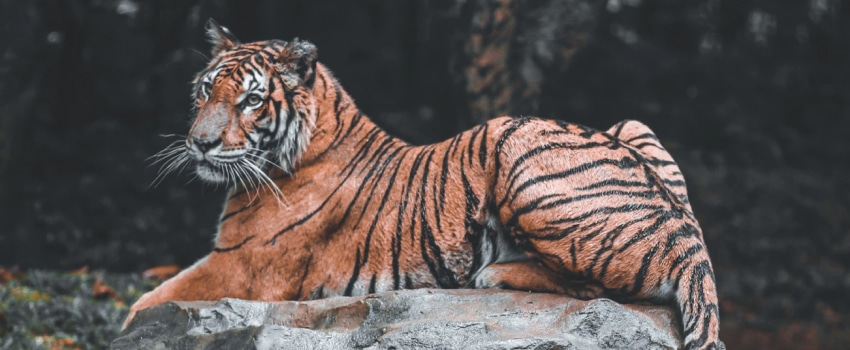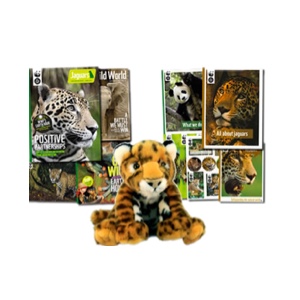
The plight of tigers in the wild is undermined by tigers bred in Southern and Eastern Asian tiger farms. In some areas, thanks to tiger farms, tigers are valued more highly if they are dead than alive.
Poor conditions
It is estimated that there are 8000 tigers held captive in farms in China, Vietnam, Laos, and Thailand. Often they are held in poor conditions, in small concrete enclosures that allow for little or no exercise. These tiger farms feed the rising desire and value of tiger body parts for medicine, food or ornaments.
In parts of East and South Asia tiger bone wine is sold openly. Vendors claim it treats arthritis, rheumatism, and even impotence. If the tigers are bred for their bones then they are often underfed. They are starved to death as all the owners care about is the tigers skeleton.
Tigers bred for meat suffer a different fate. They are pumped full of liquid and force fed to make them fat. The heavier they are, the more meat they carry and the more they are worth. By the end of their life some can barely stand or walk. Tiger meat features on menus for wealthy businessmen trying to show their social status.
Tigers harvested
For the most part a tigers value to a tiger farm is not seen until after the tiger is dead. However some farms try to squeeze a bit more value out of the living tigers too, in varying degrees of cruelty. The tigers effectively have three purposes; breeding, performance, and harvest.
Female tigers are bred so as to provide a continuous stream of cubs. To achieve this, newborn cubs are removed from mothers so that she can quickly return to breeding again. The cubs are bottle fed, which provides entertainment to paying tourists.
As the cubs get older they are taught to perform circus tricks so that they can be paraded in front of tourists as another source of income. At some tiger farms tourists can also buy live prey to be released in to the tigers enclosure. Tigers born in captivity lack hunting skills and instinct to kill, so the practise is horribly cruel. Prey is mauled and then has to be taken elsewhere to be slaughtered and then returned to the enclosures as meat.
As the female cubs get older they are removed to become breeders. As this next generation comes through, the older tigers are harvested. Almost all their body parts are sold for either food, medicine or ornaments.
Big business
Tiger farms are big business. The fact that they are horribly cruel is not considered. Ethics are not considered. The only driver is financial gain. For tigers to thrive in the wild they must be viewed differently throughout Eastern and Southern Asia. A live wild tiger must be viewed as having a higher value than a dead one.
If you would like to find out more about how to support tigers then please visit our Adopt a Tiger page.





